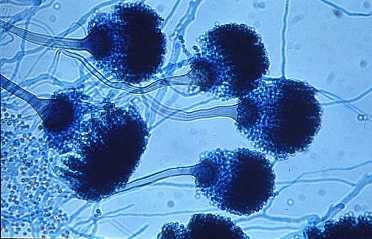Rewiring the Brain: Insights from Hypnosis, Communication, and Coaching
Introduction to CAP and My Journey
As a hypnotist and college professor teaching communication, I’ve had a unique journey blending psychotherapy, hypnosis, and coaching. I’m also a proud member of the Colorado Association of Psychotherapists (CAP), an organization that has served as a vital resource for unlicensed therapists, coaches, and holistic practitioners in Colorado since the early 1990s.
CAP was initially created for legislative advocacy and education. Over time, its focus shifted, especially after regulatory changes reclassified registered psychotherapists as “unlicensed,” and halted new registrations. Despite these setbacks, our commitment to diversity in mental health care remains strong.
Embracing a Multidisciplinary Approach
CAP represents a wide spectrum of professionals—from licensed psychologists to hypnotists, coaches, and practitioners of alternative modalities like Chinese medicine. This diversity fosters a vibrant community for consultation, networking, and collective support.
Personally, my path into hypnosis began in 1991, inspired by a desire to help a loved one through cancer. While that specific instance wasn’t a success, it sparked a passion that has influenced my work ever since. I became a certified coach in 2019, further expanding my toolbox.
Intrapersonal Communication: What Are You Saying to Yourself?
One of the foundational concepts I teach in both hypnosis and communication is intrapersonal communication—the conversation you have with yourself. I often ask people: “What are the last three things you said to yourself?” This question reveals the tone of our inner dialogue, which significantly impacts mental health and self-image.
Would you say those things to a child? If not, why say them to yourself?
The Power of Repetition and Salience
Neuroscience shows that the brain is shaped by repetition. As Joe Dispenza puts it, “Neurons that fire together, wire together.” This means our thoughts create neural pathways—positive or negative—that become habits.
A classic example is the “Clean Plate Club.” Many of us were taught to finish all the food on our plate, even when full. These early messages override our body’s natural signals, leading to ingrained, sometimes unhealthy behaviors. Recognizing and reframing these early beliefs can break the cycle.
The Brain’s Ability to Change: Neuroplasticity and Mindset
Our brains are not fixed. Through neuroplasticity, we can rewire connections at any age. Carol Dweck’s research on fixed vs. growth mindset reinforces this: most skills aren’t innate—they’re developed through effort. Hypnosis and coaching both leverage this principle to foster personal growth.
As we age, adapting becomes even more important. I’ve personally experienced how lifestyle changes, intuitive awareness, and mental shifts are necessary for physical and emotional health.
Trusting Intuition and the Subconscious Mind
Our subconscious often picks up on things before our conscious mind does. Intuition plays a crucial role in decision-making and personal safety. Ignoring our inner voice can lead us astray, while tuning in can lead to powerful insights.
Reframing: A Tool for Healing
One powerful technique from both hypnosis and cognitive behavioral therapy is reframing. It involves reinterpreting past experiences to reduce emotional impact. This simple yet powerful mental shift can create immediate transformation when practiced with awareness.
Circle of Control: Managing What Matters
Stephen Covey’s “Circle of Control” concept encourages us to focus on what we can control, which expands our influence over time. It’s a valuable reminder that our energy is best spent on the actionable, not the abstract.
CAP Today: A Platform for Growth and Community
While CAP may no longer have the legislative clout it once did, it continues to be a place for education, professional development, and mutual support. We host regular presentations and discussions to help professionals grow and adapt in this evolving field.
We welcome coaches, therapists, hypnotists, and other healing professionals to join us. Your voice, experience, and energy can help keep this community vibrant and responsive to future needs.
Ready to Rewire Your Brain? Join My Free 3-Day Challenge!
If you’re curious about how to create real, lasting change in your mindset and emotional patterns, I invite you to join my free 3-Day Challenge: Rewire Your Brain for Clarity, Calm, and Change.
Each day includes:
- A short video lesson
- A downloadable tool or worksheet
- A guided audio exercise for deep mental shifts
Whether you’re a coach, therapist, healer—or just someone seeking personal transformation—this challenge will help you understand how to leverage neuroplasticity and hypnosis-informed techniques in your everyday life.



